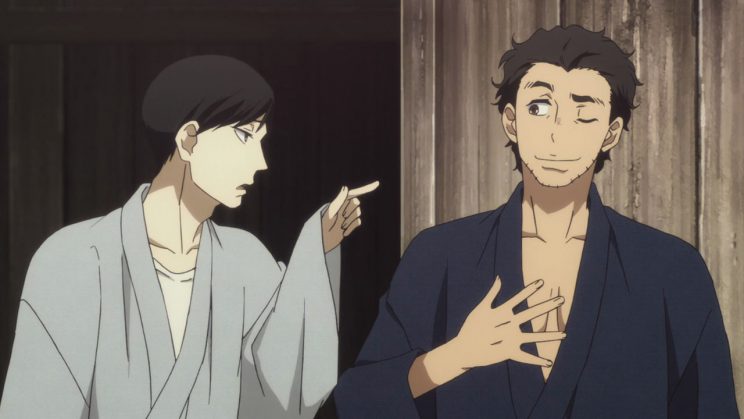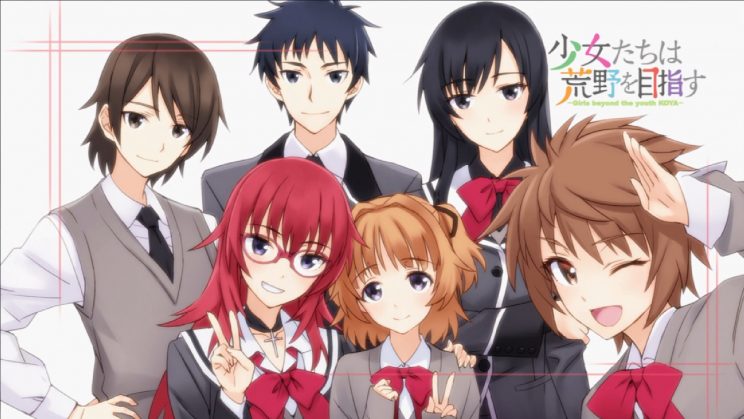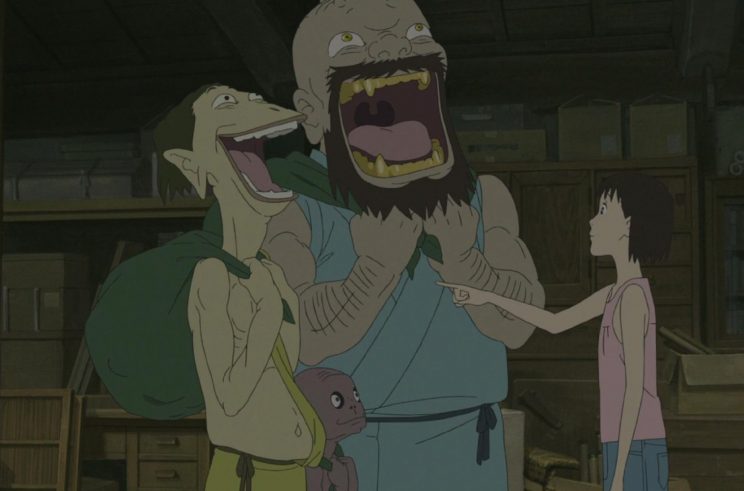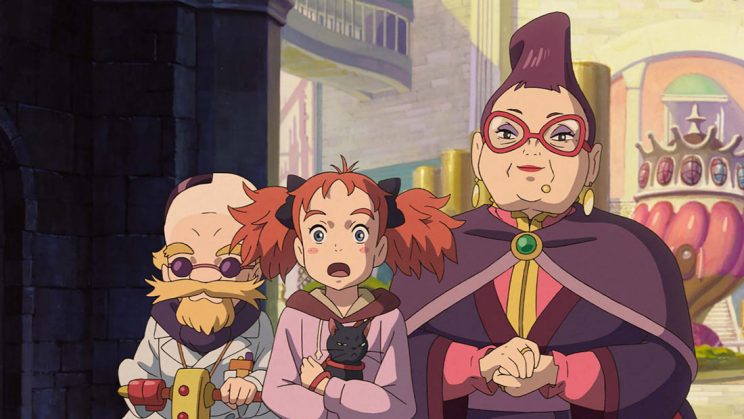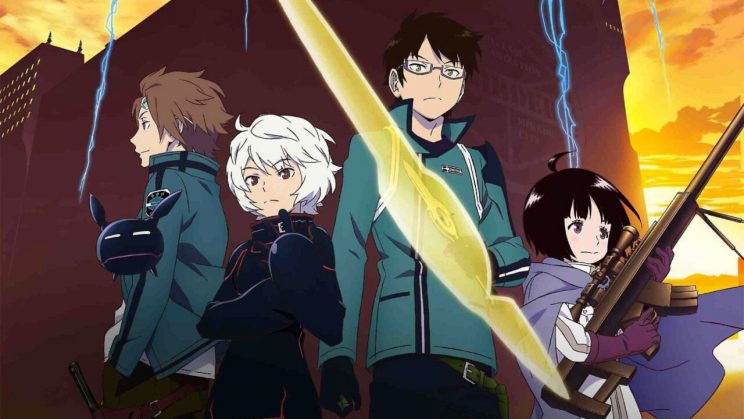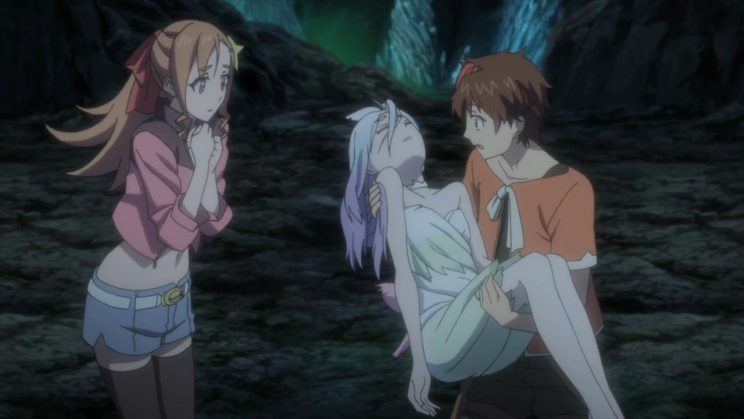Rakugo is a performance art that I really don’t fully understand. The closest we would have would be a stand-up comic who tells a long and involved story, potentially exploiting the foibles and failures of people. Possibly the best example would be Arlo Guthrie’s “Alice’s Restaurant”. But rakugo is done in a very specific way, telling very specific stories with almost no variance from one telling to the next.
“Shōwa Genroku Rakugo Shinjū” (“Shōwa Era, Genroku Era, Comic Storytelling, and Double Suicide”) is a double story. The first few episodes tell the story of Yotaro. He was recently released from prison and wants to become a rakugo performer (no, you don’t see him up there). In this time and place, being a barista might be a better career choice. Anyway, he tracks down the best rakugo performer, Yakumo Yurakutei (the one on the left, when he was younger; he was also known as Kikuhiko). Well, Yurakutei does NOT take apprentices, but the man is so earnest, and annoying, he takes him on, but with a lot of provisos. Continue reading

